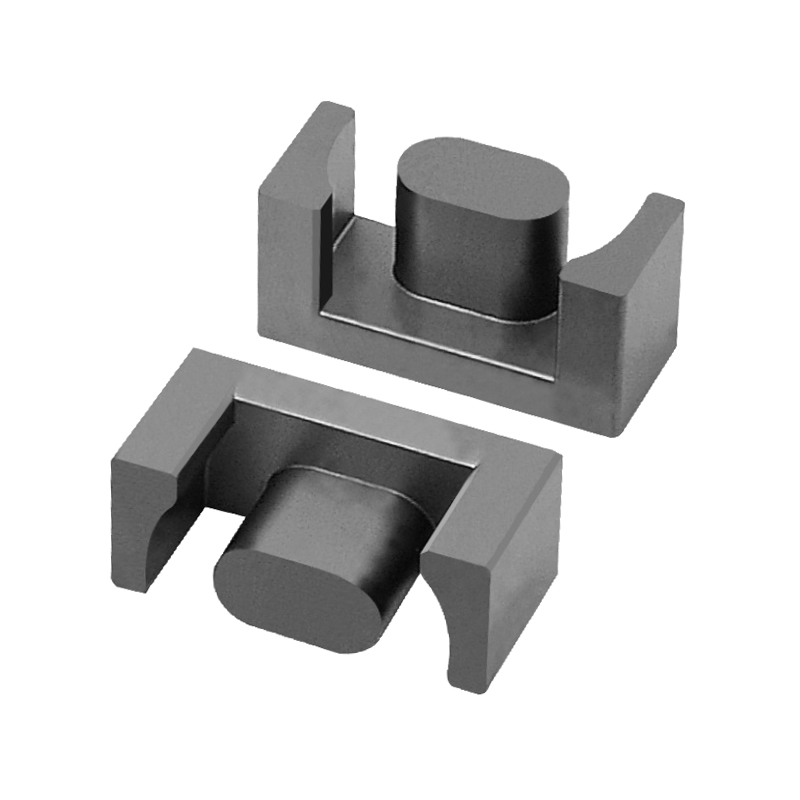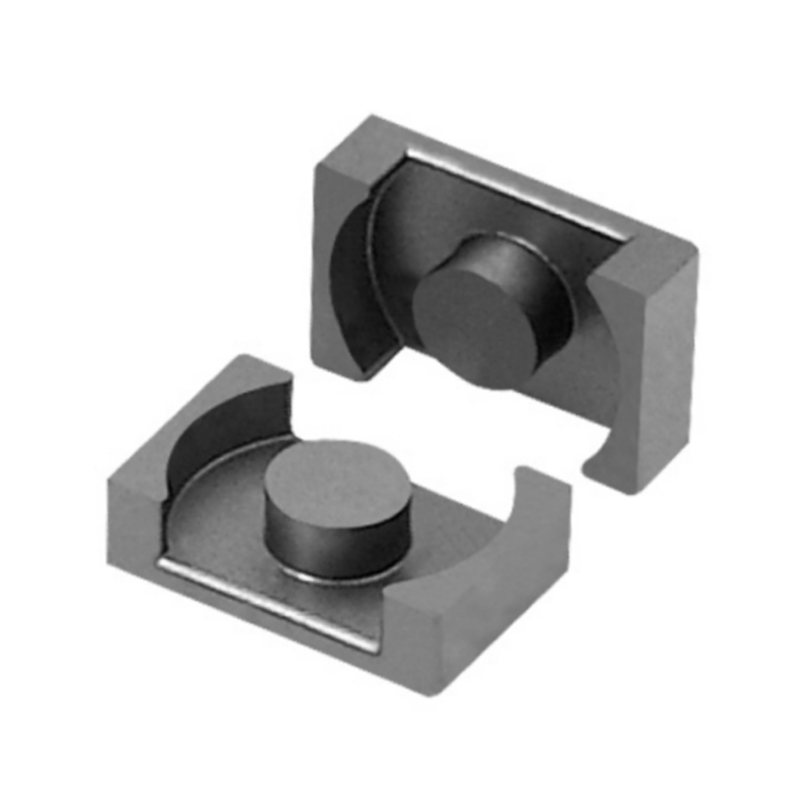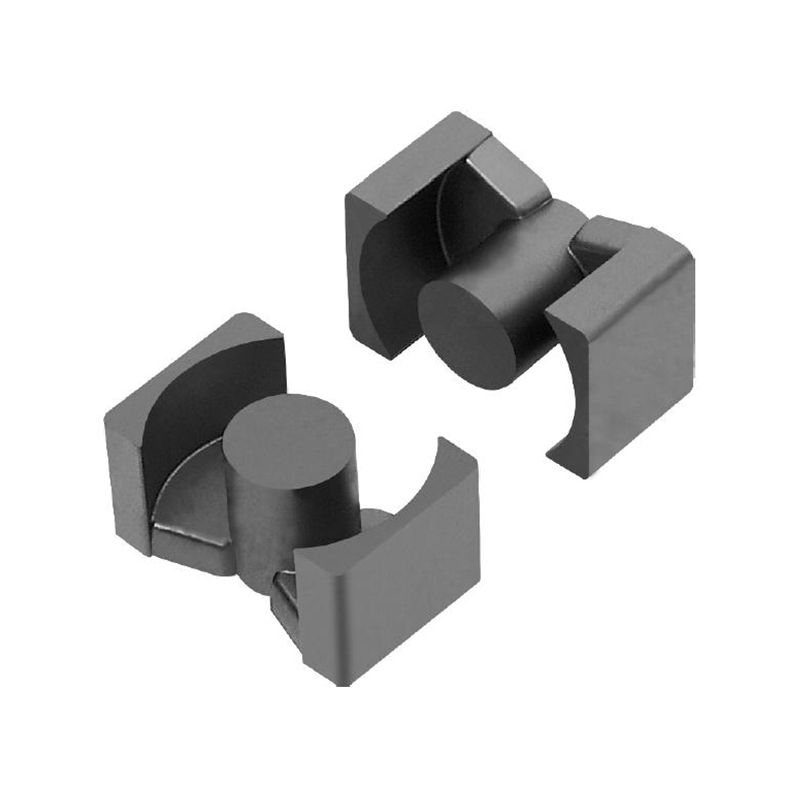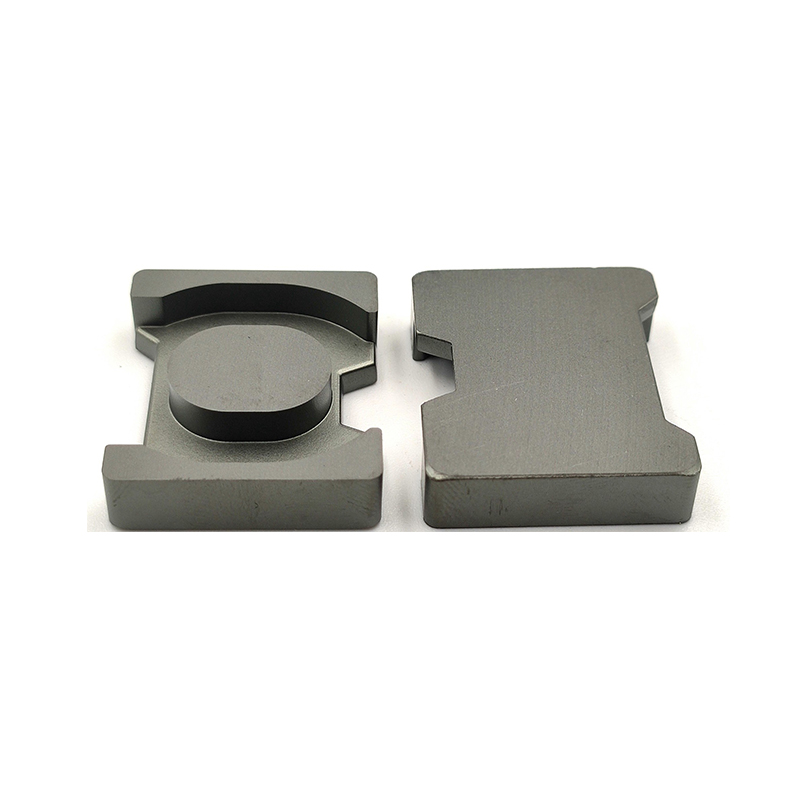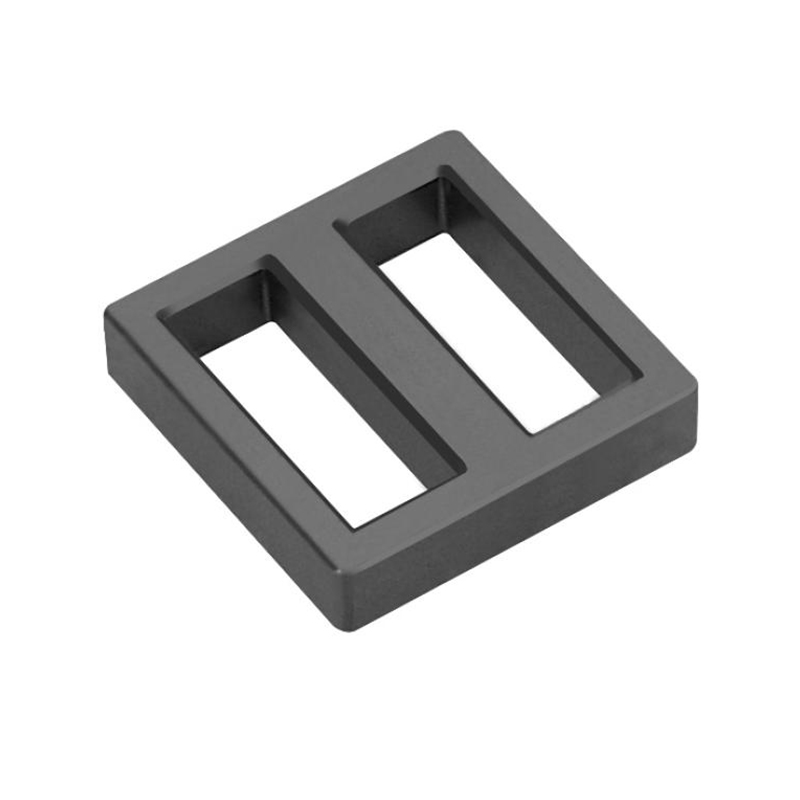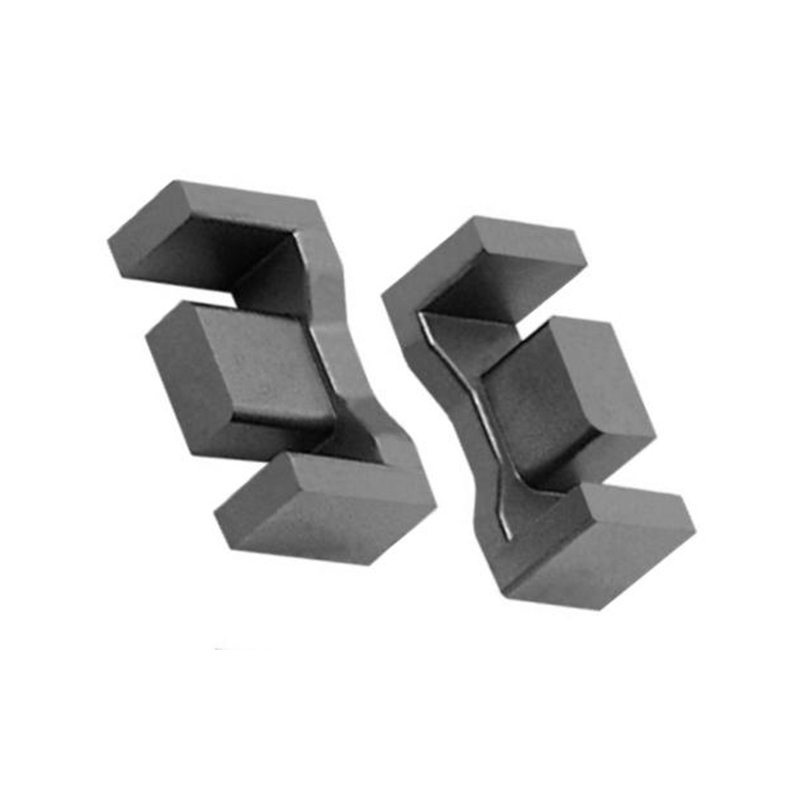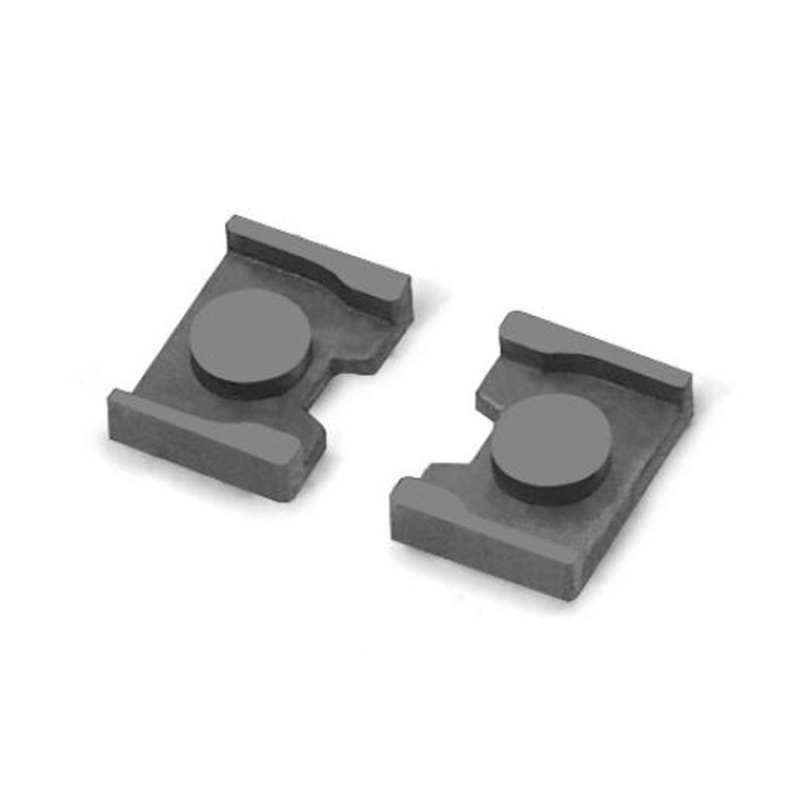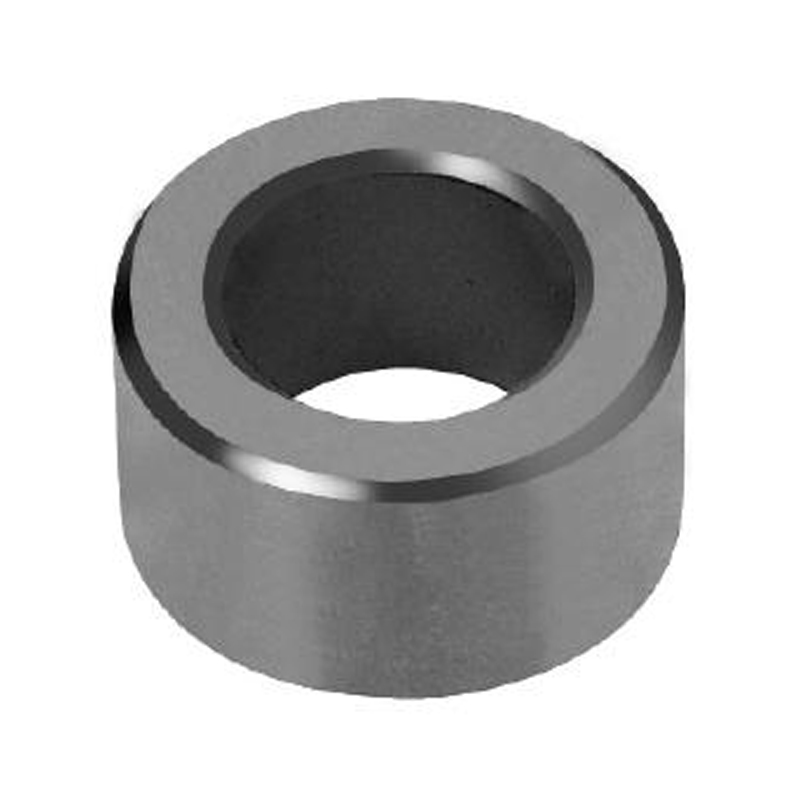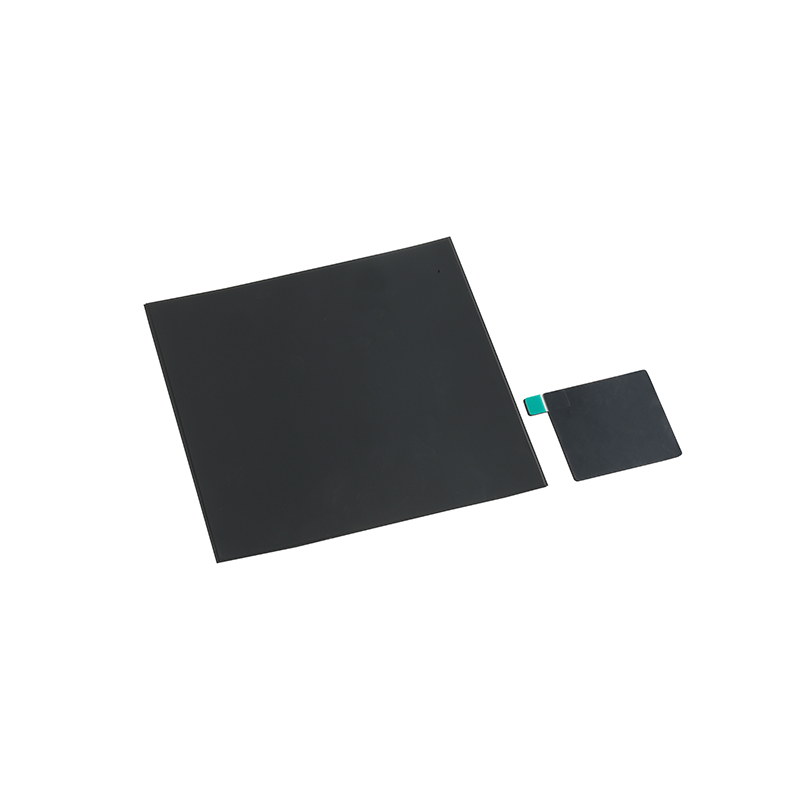Are MnZn Ferrite Cores Used in Power Inductors?
MnZn ferrite core, short for manganese-zinc ferrites, are a widely used class of magnetic materials in modern electronics. They are particularly prevalent in applications where high permeability and low core losses are critical. One of the most common questions engineers and electronics designers ask is whether MnZn ferrite cores are suitable for use in power inductors.
Understanding MnZn Ferrite Cores
MnZn ferrite cores are made from a combination of manganese (Mn), zinc (Zn), and iron oxide (Fe₂O₃). These materials are sintered together to form a ceramic-like magnetic material. The proportion of manganese to zinc can be adjusted to tailor the magnetic properties, such as permeability, saturation flux density, and core loss.
Key characteristics of MnZn ferrites include:
- High permeability: Typically ranging from 200 to over 15,000, depending on the grade and manufacturing process. This high permeability allows MnZn ferrites to store more magnetic energy per unit volume, which is crucial in inductors and transformers.
- Low core loss at low to medium frequencies: MnZn ferrites have relatively low hysteresis and eddy current losses at frequencies up to several hundred kilohertz.
- Moderate saturation flux density: Usually around 0.3–0.5 Tesla, which is lower than some metallic magnetic materials like iron powder.
- Temperature sensitivity: Their magnetic properties can vary with temperature, so careful consideration is required for high-temperature applications.
What Are Power Inductors?
Power inductors are passive electrical components used to store energy in a magnetic field, filter signals, or limit current. They are essential in many circuits, including:
- DC-DC converters
- Switch-mode power supplies (SMPS)
- AC-DC converters
- EMI filters
- Energy storage applications
The performance of a power inductor heavily depends on its magnetic core material, as the core dictates how much magnetic flux can be stored and how efficiently energy is transferred.
Why Magnetic Cores Matter in Inductors
The choice of core material affects several critical parameters in power inductors:
- Inductance: Higher permeability cores can achieve higher inductance in a smaller volume.
- Core Loss: Core materials with low hysteresis and eddy current losses reduce energy dissipation.
- Saturation Current: The maximum current the inductor can handle before the core saturates is determined by the material’s saturation flux density.
- Frequency Response: Different core materials are suitable for different operating frequency ranges.
Are MnZn Ferrite Cores Suitable for Power Inductors?
The short answer is yes—but with qualifications. MnZn ferrite cores are commonly used in power inductors for low- to medium-frequency applications, typically below 500 kHz. Their high permeability and low core loss make them ideal for many switch-mode power supply designs and other energy storage applications.
However, there are some limitations to consider:
Advantages
- High Inductance in Small Size: Due to their high permeability, MnZn ferrite cores allow designers to achieve high inductance values with smaller physical sizes, which is critical in compact electronics.
- Efficient Energy Storage: Low core losses mean that less energy is wasted as heat, improving overall system efficiency.
- EMI Reduction: MnZn ferrite cores can also help suppress electromagnetic interference (EMI) due to their magnetic absorption characteristics.
- Cost-Effective: Compared to some specialized magnetic materials, MnZn ferrites are relatively inexpensive and readily available.
Limitations
- Frequency Limitations: MnZn ferrites are less suitable for high-frequency applications above 1 MHz because their core losses increase significantly at higher frequencies. For these cases, NiZn ferrites are often preferred.
- Saturation Flux Density: With a saturation flux density around 0.3–0.5 Tesla, MnZn ferrite cores can saturate earlier than iron powder cores, which may limit maximum current handling.
- Temperature Sensitivity: Their permeability can vary with temperature, which may require careful thermal management in power inductors operating under fluctuating or high-temperature conditions.
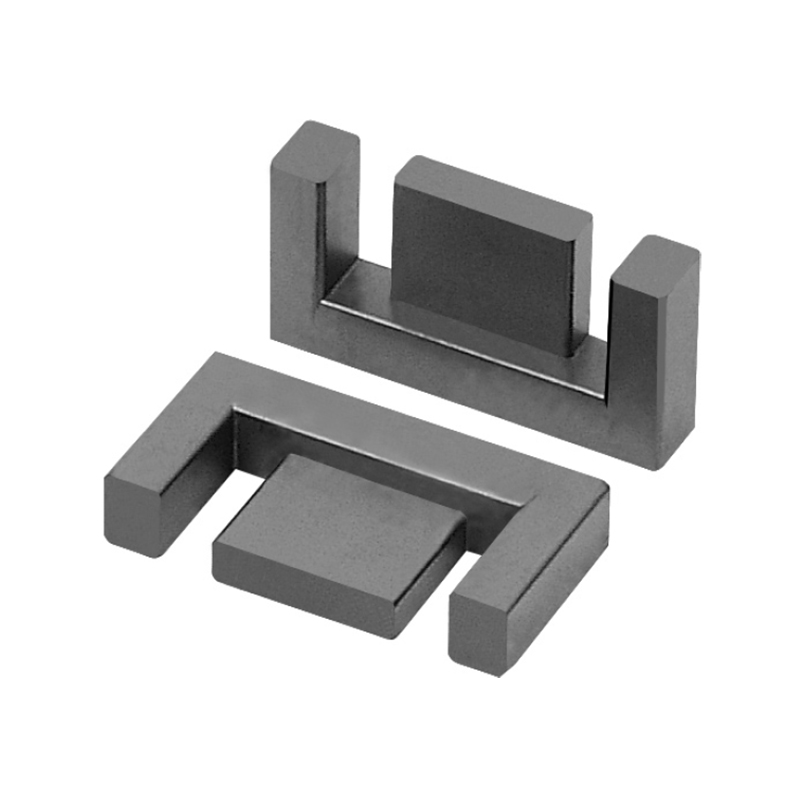
Applications of MnZn Ferrite Cores in Power Inductors
MnZn ferrite cores are widely used in various power inductor designs, including:
- Switch-Mode Power Supplies (SMPS): In SMPS circuits operating at frequencies up to a few hundred kilohertz, MnZn ferrite cores provide efficient energy transfer with minimal losses.
- DC-DC Converters: Boost, buck, and buck-boost converters often employ MnZn ferrite cores due to their high inductance density and efficiency.
- AC Line Filters: MnZn ferrite cores are used in common-mode chokes and EMI filters to reduce high-frequency noise in AC power lines.
- Audio and Low-Frequency Transformers: While not strictly power inductors, MnZn ferrite cores are used in low-frequency transformers where their high permeability is beneficial.
Design Considerations for Using MnZn Ferrite Cores
When selecting an MnZn ferrite core for a power inductor, designers should consider:
- Core Shape: Toroidal, E-core, and U-core shapes are common. Toroidal cores minimize leakage inductance, while E-cores are easier to wind.
- Permeability: Choose a permeability that balances inductance requirements with core loss and frequency response.
- Saturation Current: Ensure the core can handle the maximum expected current without saturation.
- Temperature Stability: Consider thermal effects on permeability and core loss. Some MnZn ferrites are optimized for higher temperature stability.
- Core Loss at Operating Frequency: Use datasheet curves to select a grade that minimizes core loss at the intended switching frequency.
MnZn Ferrite vs. Other Core Materials in Power Inductors
To fully understand their role, it’s useful to compare MnZn ferrites with alternative core materials:
| Core Material | Frequency Range | Saturation Flux Density | Advantages | Limitations |
| MnZn Ferrite | 10 kHz – 500 kHz | 0.3–0.5 T | High permeability, low losses | Not suitable for >1 MHz |
| NiZn Ferrite | 500 kHz – 10 MHz | 0.2–0.3 T | High-frequency operation | Lower permeability |
| Iron Powder | DC – 500 kHz | 1.0–1.5 T | High saturation current | Larger size, higher core loss |
| Amorphous/Nano Cores | DC – 1 MHz | 1.2–1.5 T | Low core loss, high saturation | Expensive, complex manufacturing |
From this table, it’s clear that MnZn ferrites occupy a sweet spot for low- to medium-frequency applications where size, efficiency, and cost are important considerations.
Practical Tips for Using MnZn Ferrite Cores
- Avoid Saturation: Carefully calculate current levels to ensure the core does not saturate, which can cause efficiency loss and heating.
- Proper Winding Techniques: Use tight, evenly distributed winding to minimize leakage inductance and improve thermal dissipation.
- Thermal Management: Ensure adequate airflow or cooling, especially in high-power applications, as elevated temperatures can change magnetic properties.
- Consider Core Loss Curves: Always consult datasheets for core loss at the intended frequency and flux density.
- Combine with Air Gaps if Needed: For applications requiring high linearity or larger currents, adding a small air gap can prevent early saturation.
Conclusion
MnZn ferrite cores are indeed used in power inductors, especially in low- to medium-frequency applications such as switch-mode power supplies, DC-DC converters, and EMI filters. Their high permeability, low core loss, and compact size make them an excellent choice for efficient and reliable energy storage.
However, designers must consider limitations such as frequency range, saturation flux density, and temperature sensitivity. By carefully selecting the appropriate core grade and managing design factors like current, winding, and thermal conditions, MnZn ferrite cores can provide a highly effective solution for many power inductor applications.
In essence, while MnZn ferrites are not universal for all inductors, they remain a cornerstone in modern electronics for energy-efficient, compact power conversion solutions.

 中文简体
中文简体